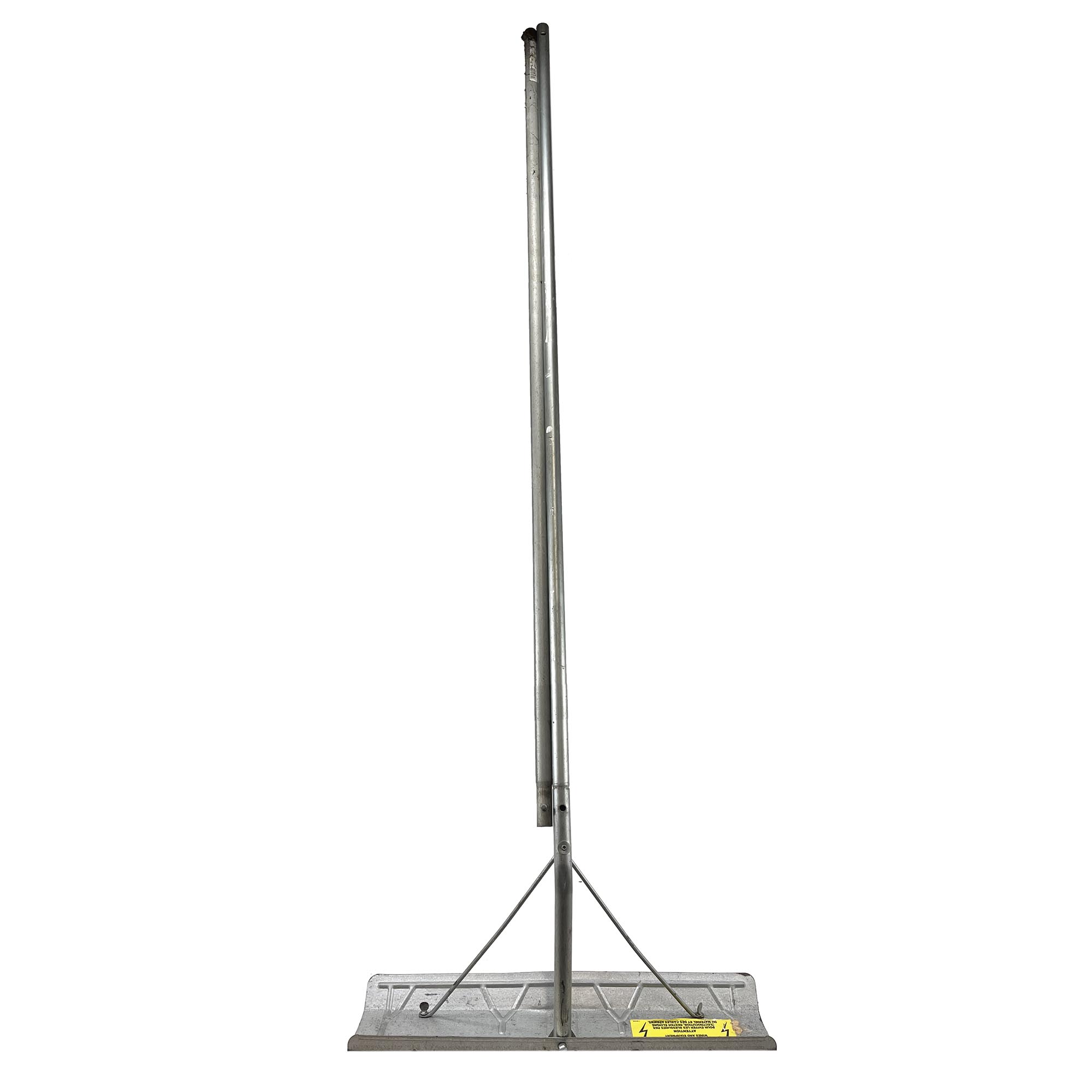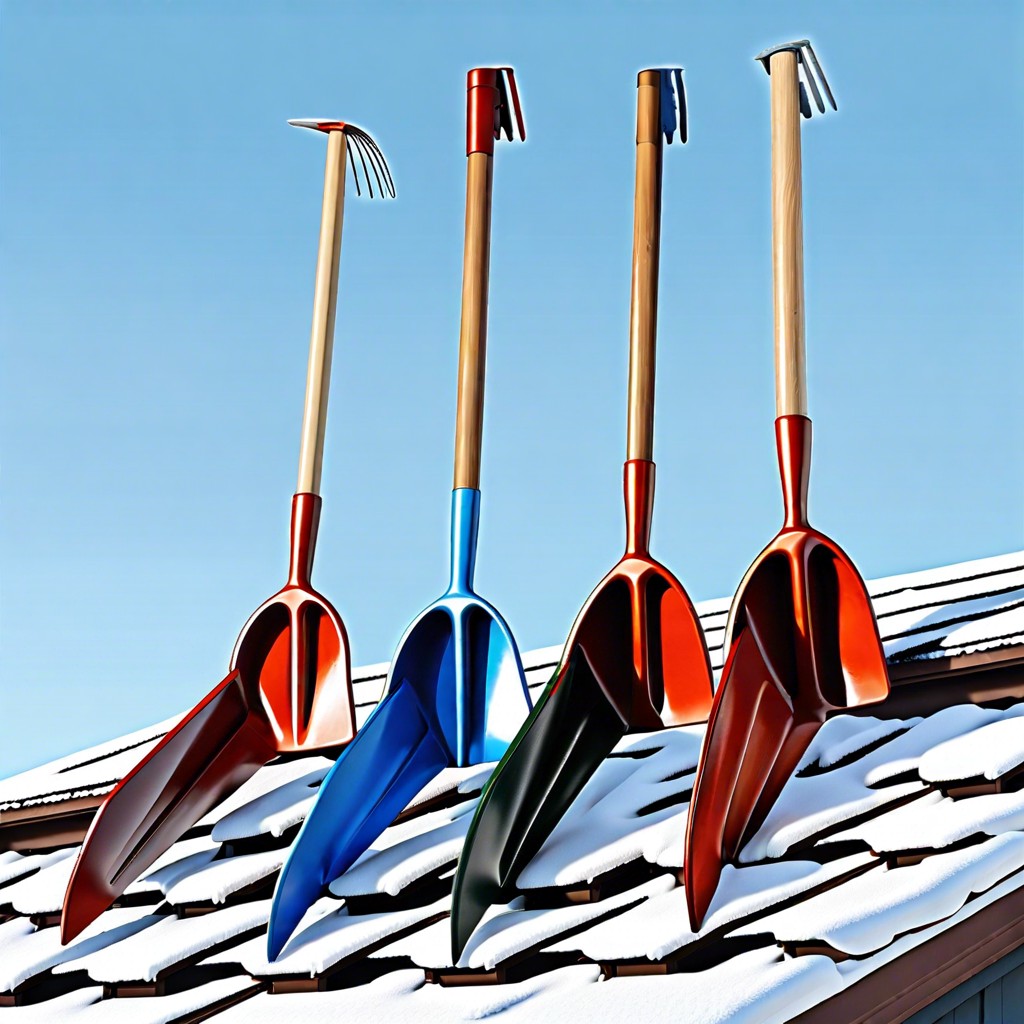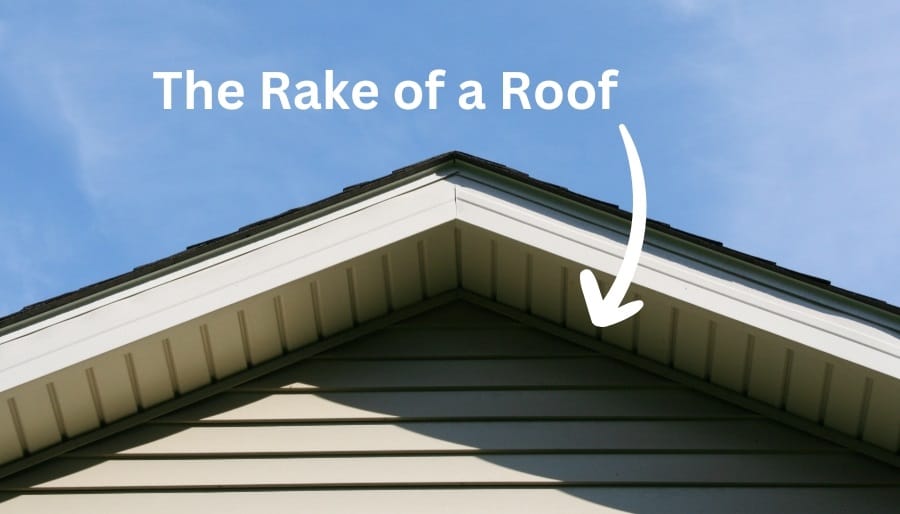What Is A Rake On A Roof? A Comprehensive Guide For Builders And Homeowners
Roofing is serious business, and if you’re diving into construction or home improvement projects, understanding the terminology is key. One term that often pops up is “rake on a roof.” But what exactly does it mean? Is it just another fancy word for the edge of the roof, or does it carry more significance? Let’s break it down and make sense of this roofing concept without sounding like a textbook.
Picture this: You're standing on your porch, gazing up at your roof, and you notice those slanted edges running along the sides. Those are the rakes. Now, don’t confuse them with the rake you use to clean leaves—it’s a totally different thing. The rake on a roof plays an important role in both aesthetics and functionality, and we’re here to explain why.
In simple terms, a rake is the sloping edge of a roof that extends from the ridge (the highest point) down to the eaves (the lower edge). It’s like the roof’s fancy border, adding style and structure to the overall design. But there’s more to it than just looks, and we’ll dive deep into that as we go.
Read also:Unveiling The Secrets Of Movies4uvip Your Ultimate Movie Streaming Destination
Understanding the Basics: What Exactly is a Rake?
Before we get into the nitty-gritty, let’s clarify what we mean by “rake.” In roofing terminology, a rake refers to the inclined edge of the roof that runs from the peak to the eaves. Think of it as the roof’s “sides” or the part that frames the house. It’s not just decoration—it’s a crucial structural element that impacts everything from water drainage to wind resistance.
Here’s a quick breakdown of why rakes matter:
- Design Aesthetic: Rakes give your roof a polished, finished look. Without them, the roof would look incomplete, like a haircut with no side part.
- Weather Protection: Properly installed rakes prevent water and debris from seeping into the roof, protecting your home from damage.
- Ventilation: In some designs, rakes play a role in allowing airflow through the attic, which is essential for maintaining a healthy indoor environment.
Now that we’ve covered the basics, let’s explore how rakes fit into different roof types and designs.
Types of Roofs and Their Rakes
Not all roofs are created equal, and neither are their rakes. Depending on the style of the roof, the rake can vary in design, material, and functionality. Here’s a closer look at how rakes work in different types of roofs:
Gable Roofs: The Classic Choice
Gable roofs are the most common type, characterized by two sloping sides that meet at a ridge. The rakes on gable roofs are usually long and prominent, often requiring extra reinforcement to handle wind and weather. If you’ve ever seen a house with triangular ends, you’re looking at a gable roof with its signature rakes.
Hip Roofs: The Modern Twist
Hip roofs have sloping sides on all four edges, creating a more rounded and aerodynamic shape. The rakes on hip roofs are shorter and less noticeable, but they still play a vital role in maintaining structural integrity. This design is popular in hurricane-prone areas because it reduces wind resistance.
Read also:Getstat Seo Your Ultimate Guide To Boosting Your Websites Rankings
Shed Roofs: The Minimalist Option
Shed roofs have a single slope, making them simple and functional. While they don’t have traditional rakes like gable or hip roofs, the edges still need proper finishing to prevent water damage. Think of it as a minimalist approach to roofing, where form meets function.
Materials Used for Rakes
When it comes to building or repairing rakes, the materials you choose can make a big difference. Here are some of the most common materials used:
- Wood: Traditional and durable, wood is a popular choice for rakes. However, it requires regular maintenance to prevent rot and decay.
- Aluminum: Lightweight and corrosion-resistant, aluminum is a great option for modern homes. It’s also easy to install and maintain.
- Steel: For those who prioritize strength and longevity, steel is the way to go. It’s heavy-duty and can withstand extreme weather conditions.
- Vinyl: Vinyl is a budget-friendly option that offers low maintenance and good durability. It’s not as strong as metal but works well for smaller projects.
Choosing the right material depends on factors like climate, budget, and personal preference. Let’s explore how each material stacks up in terms of cost and performance.
Cost Considerations for Rake Installation
Let’s face it—roofing projects can get pricey, and rakes are no exception. The cost of installing or repairing rakes varies depending on the materials, size, and complexity of the job. Here’s a rough estimate to help you plan your budget:
- Wood: $5 to $10 per linear foot
- Aluminum: $7 to $15 per linear foot
- Steel: $10 to $20 per linear foot
- Vinyl: $4 to $8 per linear foot
Keep in mind that these are just ballpark figures. Labor costs, permits, and additional materials can add to the total expense. If you’re working with a tight budget, consider starting with smaller sections or opting for more affordable materials.
Maintenance Tips for Rakes
Once your rakes are installed, it’s important to keep them in good condition. Neglecting maintenance can lead to costly repairs down the line. Here are some tips to help you keep your rakes in top shape:
- Regular Inspections: Check your rakes at least once a year for signs of damage or wear. Look for loose shingles, missing flashing, or water stains.
- Cleaning: Remove debris like leaves and twigs that can accumulate on the rakes. This prevents water from pooling and causing damage.
- Repairs: Address any issues promptly. Small repairs can save you from bigger problems later on.
- Sealing: Apply sealant to wooden rakes to protect them from moisture and UV damage.
By staying proactive, you can extend the lifespan of your rakes and ensure your roof remains in great condition.
Common Problems with Rakes
Even with the best materials and maintenance, rakes can still develop issues over time. Here are some common problems and how to fix them:
Water Leaks
Water leaks are one of the most common problems with rakes. They usually occur due to damaged flashing, missing shingles, or improper installation. To fix this, inspect the affected area, replace any damaged materials, and reseal the joints.
Wind Damage
Strong winds can wreak havoc on rakes, especially if they’re not properly reinforced. To prevent wind damage, ensure that the rakes are securely attached to the roof structure and use wind-resistant materials.
Rot and Decay
Wooden rakes are particularly susceptible to rot and decay if they’re not properly maintained. Regular sealing and painting can help protect them from moisture and pests.
DIY vs. Professional Installation
Should you tackle rake installation yourself, or is it better to hire a professional? That depends on your skills, tools, and confidence level. Here’s a quick comparison:
- DIY: If you’re handy with tools and have experience with roofing, installing rakes yourself can save you money. However, it requires careful planning and attention to detail.
- Professional: Hiring a professional ensures that the job is done right the first time. They have the expertise and equipment to handle even the most complex projects.
Ultimately, the choice is yours. Just remember that a well-installed rake can add value to your home and protect it from the elements.
Environmental Impact of Rake Materials
In today’s world, sustainability is a top priority for many homeowners. When choosing materials for your rakes, consider their environmental impact. Here’s how some common materials stack up:
- Wood: Renewable and biodegradable, wood is an eco-friendly choice. However, it requires regular maintenance to prevent waste.
- Aluminum: Highly recyclable and energy-efficient, aluminum is a great option for green building projects.
- Steel: Durable and long-lasting, steel reduces the need for frequent replacements. However, its production process can be energy-intensive.
- Vinyl: While vinyl is low maintenance, it’s not easily recyclable and can pose environmental concerns.
By choosing sustainable materials, you can reduce your carbon footprint and contribute to a healthier planet.
Conclusion: Why Rakes Matter
In conclusion, the rake on a roof is more than just a decorative feature—it’s a vital component that affects the overall performance and longevity of your roof. Whether you’re building a new home or renovating an existing one, understanding rakes and their role in roofing can help you make informed decisions.
So, what’s the takeaway? Invest in quality materials, prioritize maintenance, and don’t hesitate to seek professional advice when needed. Your roof will thank you for it, and so will your wallet.
Now it’s your turn! If you have any questions or tips about rakes, feel free to leave a comment below. And if you found this article helpful, don’t forget to share it with your friends and family. Together, let’s build a better understanding of roofing—one rake at a time!
Table of Contents
- Understanding the Basics: What Exactly is a Rake?
- Types of Roofs and Their Rakes
- Materials Used for Rakes
- Cost Considerations for Rake Installation
- Maintenance Tips for Rakes
- Common Problems with Rakes
- DIY vs. Professional Installation
- Environmental Impact of Rake Materials
- Conclusion: Why Rakes Matter
What Did Tom Hanks Do? The Ultimate Journey Through His Iconic Career
What Does Ruth’s Chris Mean? Unveiling The Legacy Behind The Name
Eddie Winslow: The Untold Story Of A Legend In The Making

Roof Rake OTL Webstore

Roof Rake Buying Guide Choose the Best Model for Your Home

What Is The Rake of a Roof? Explained! Building Code Trainer